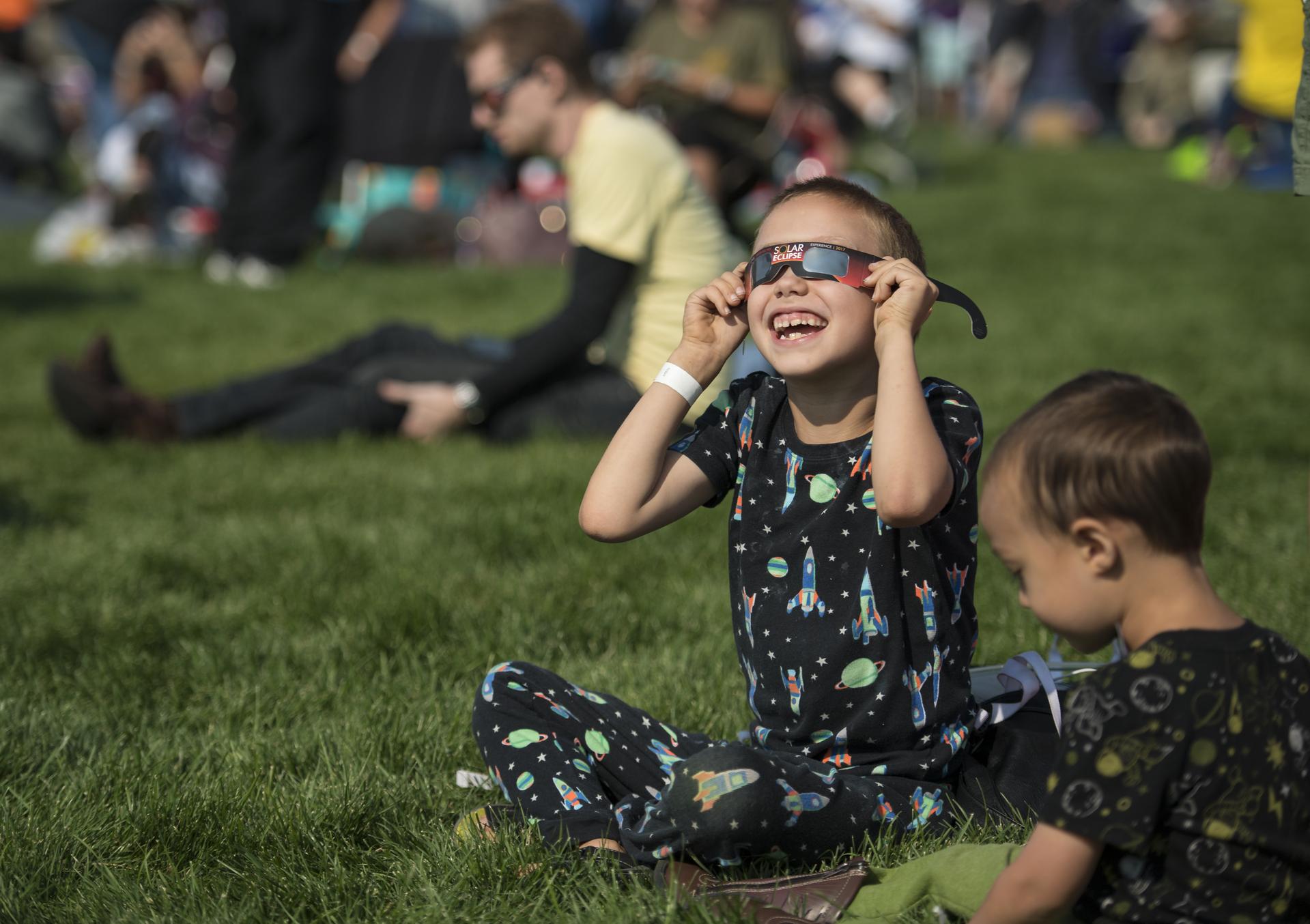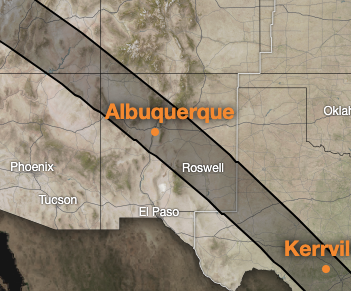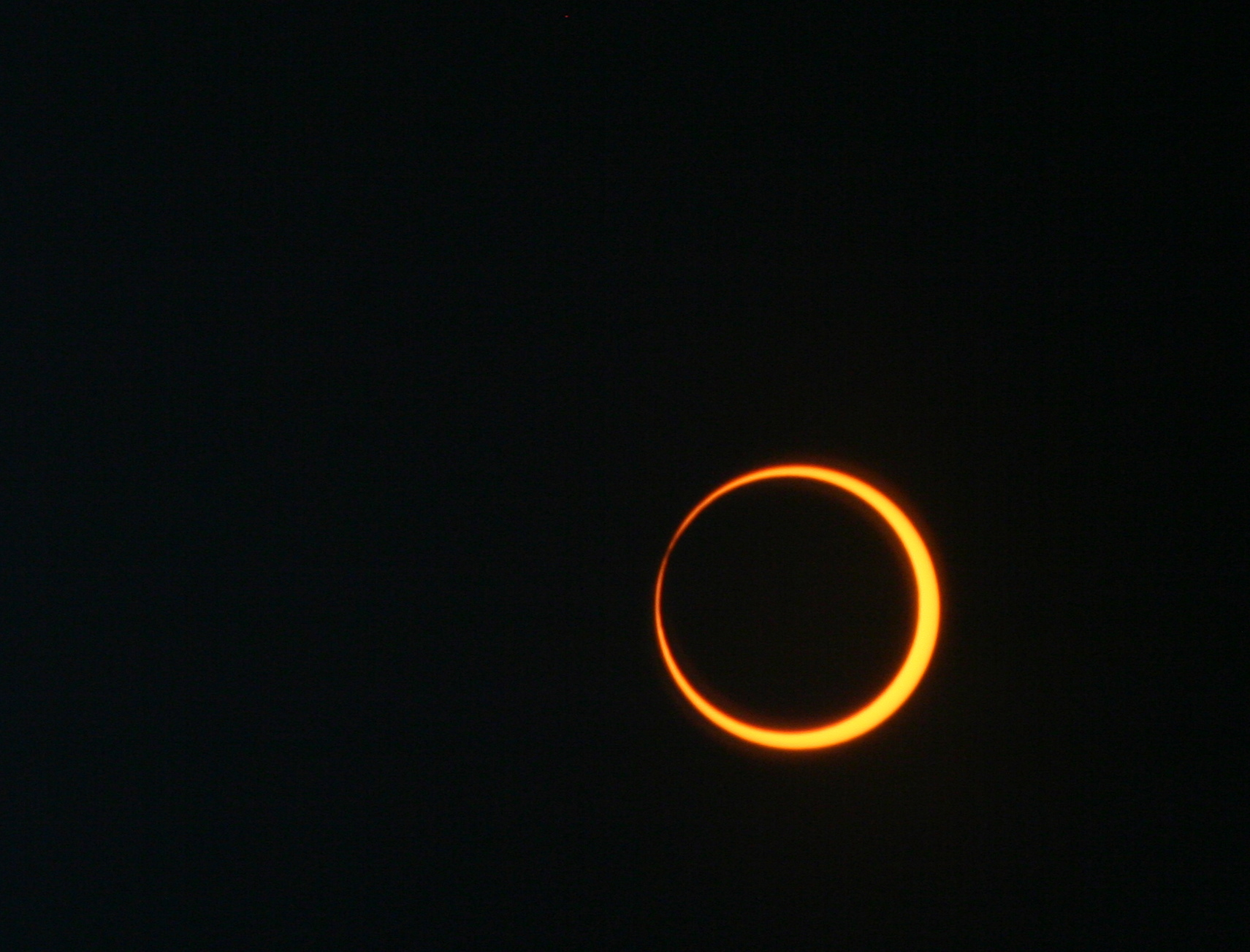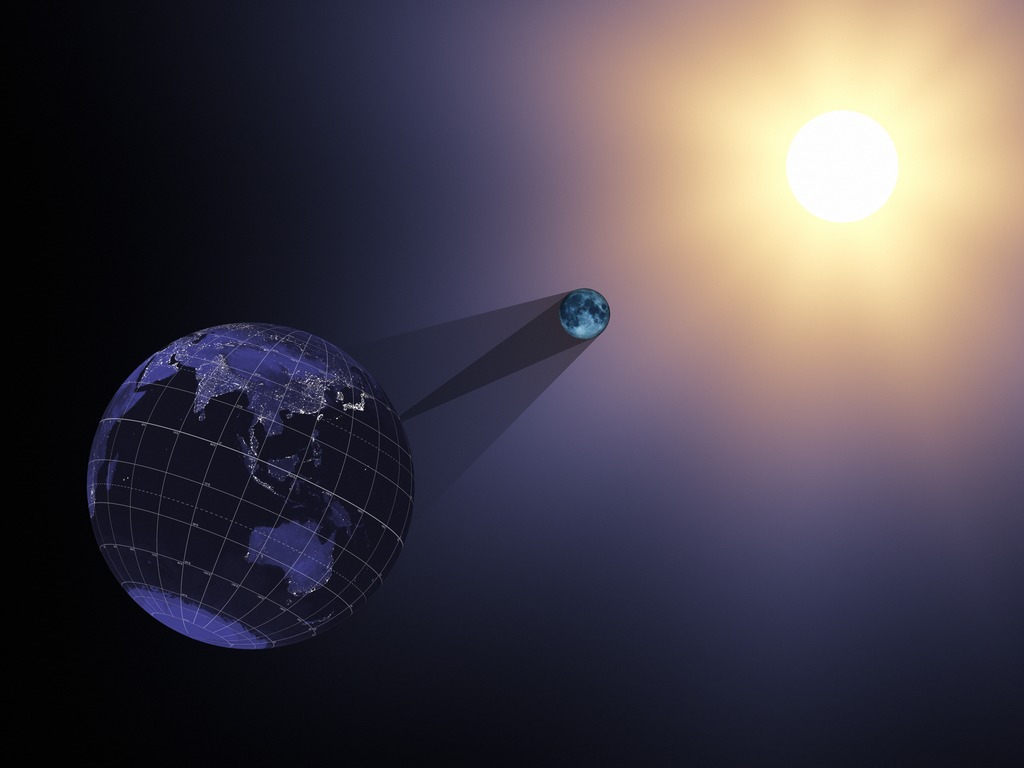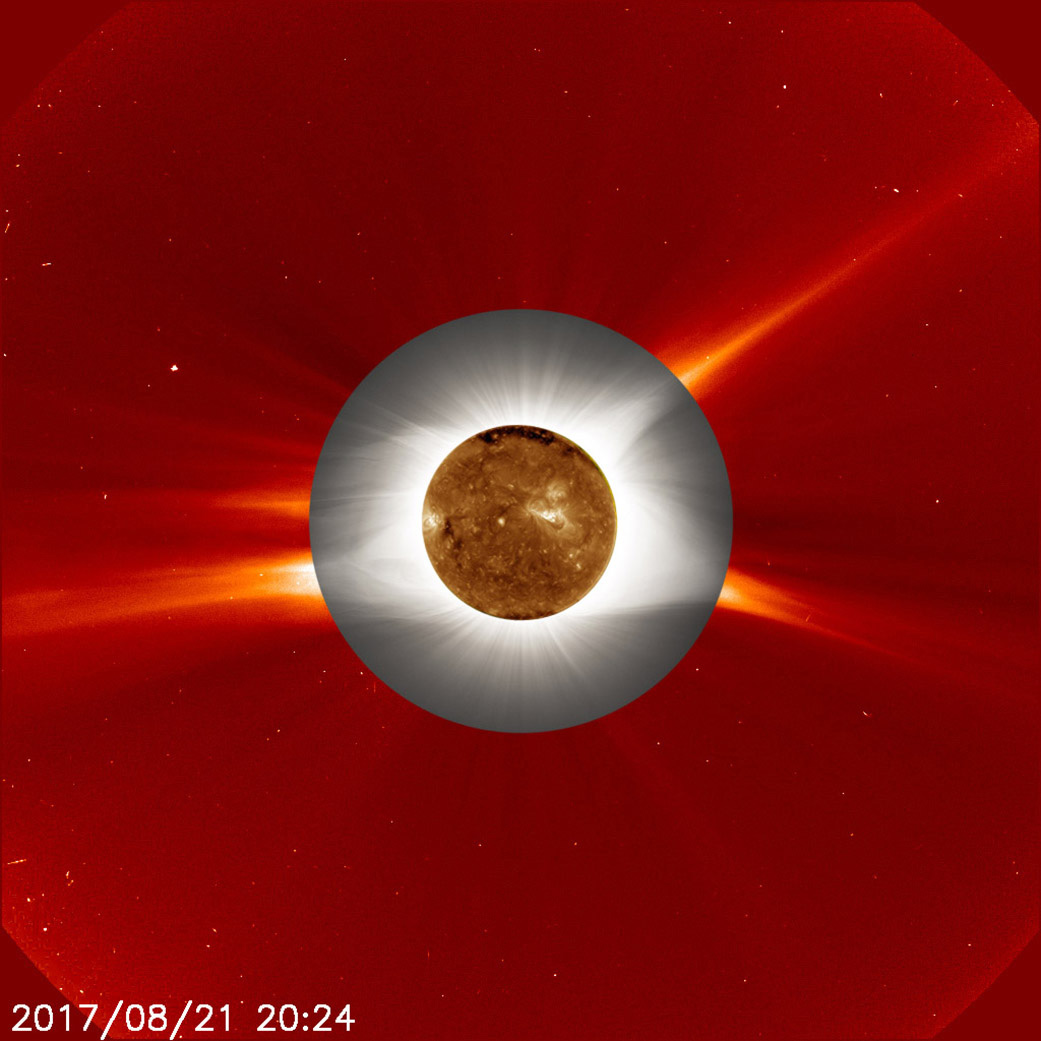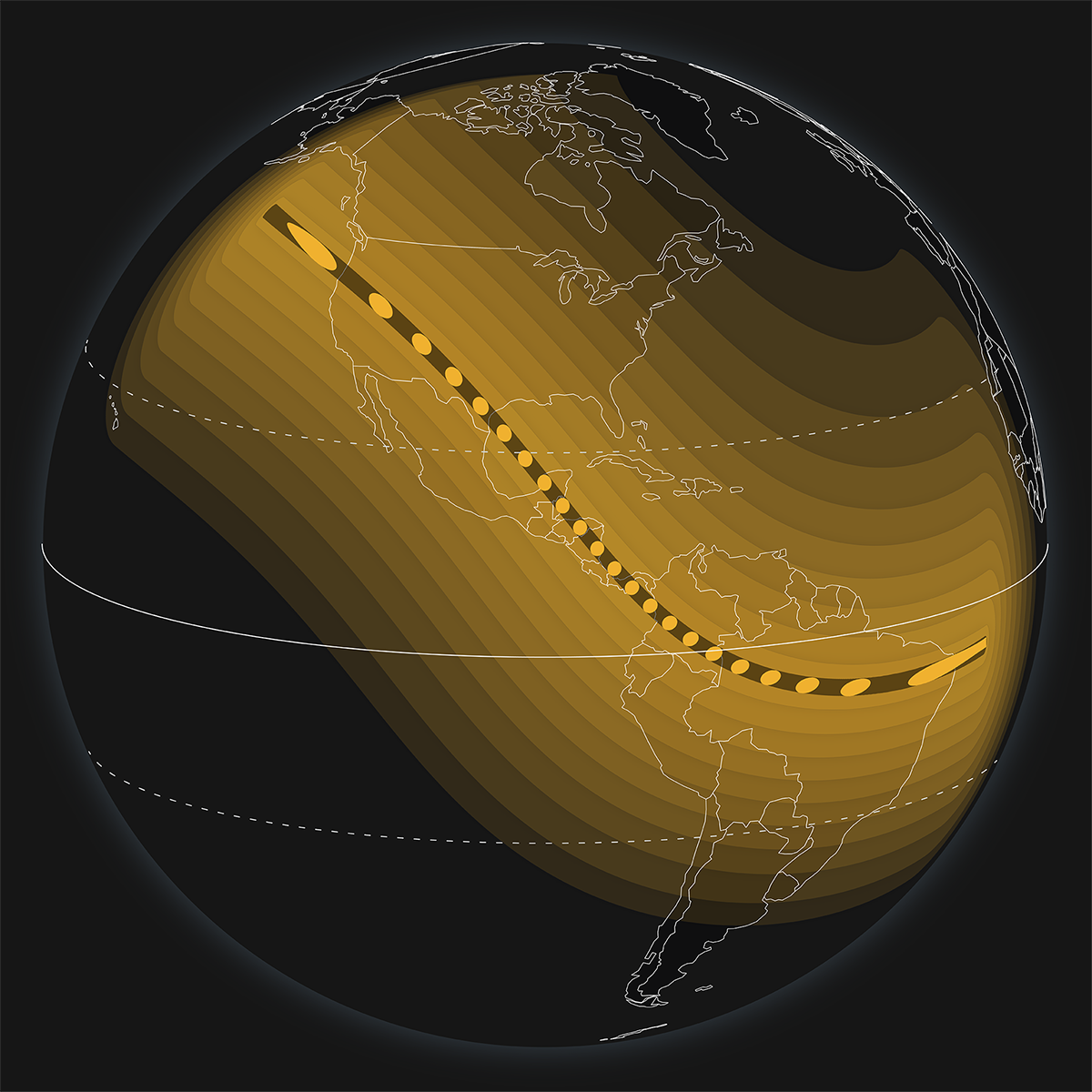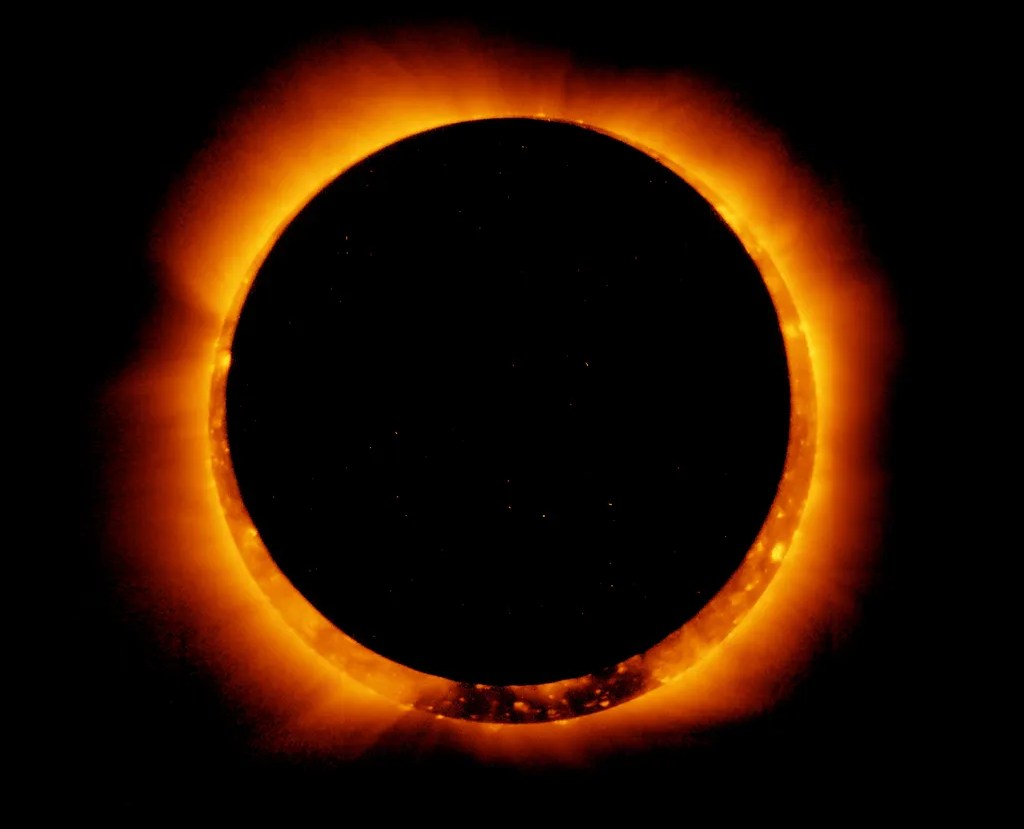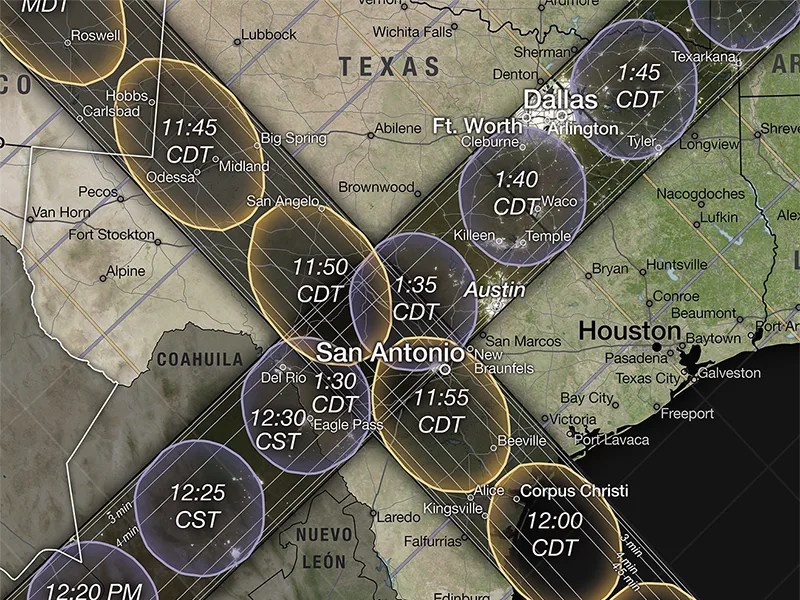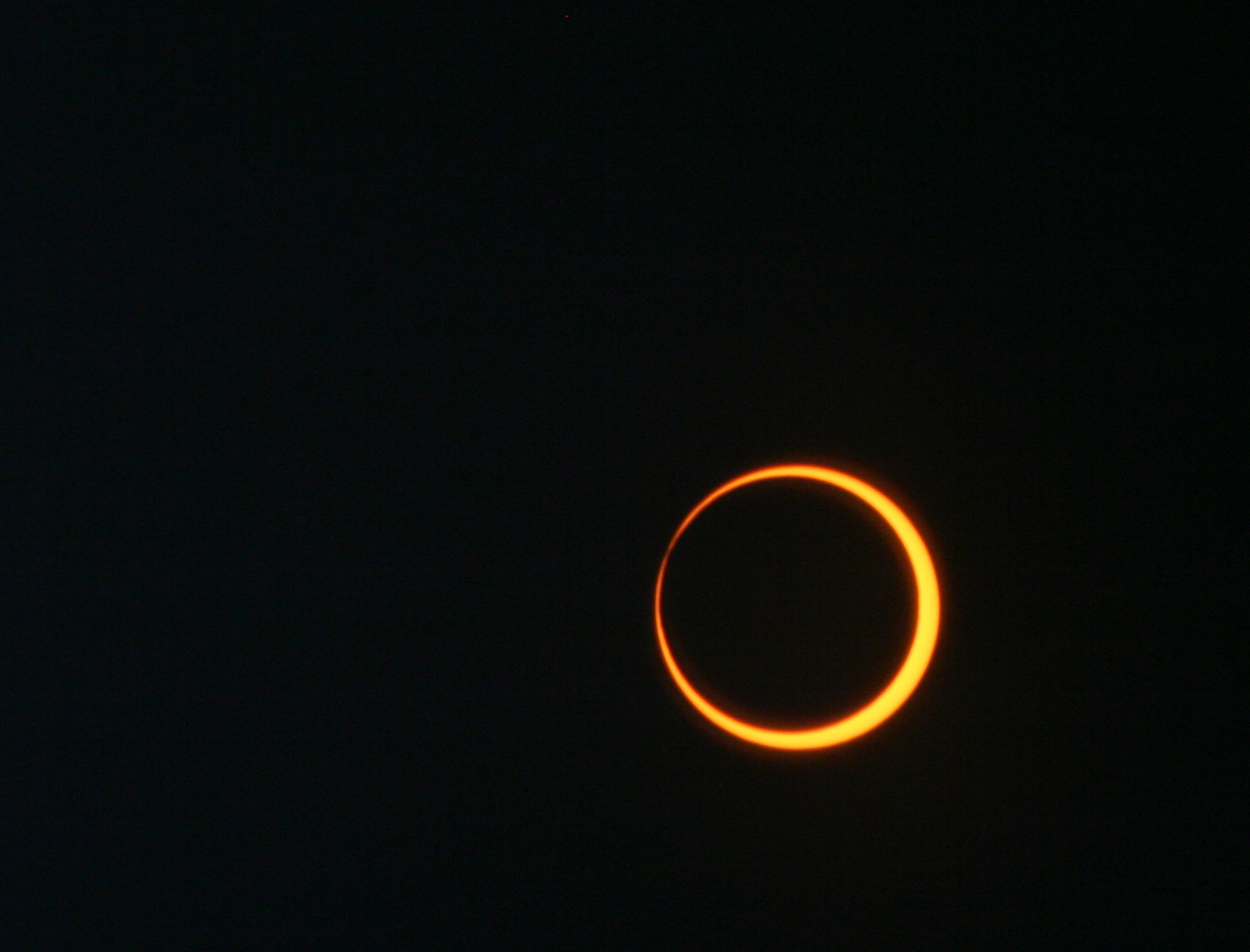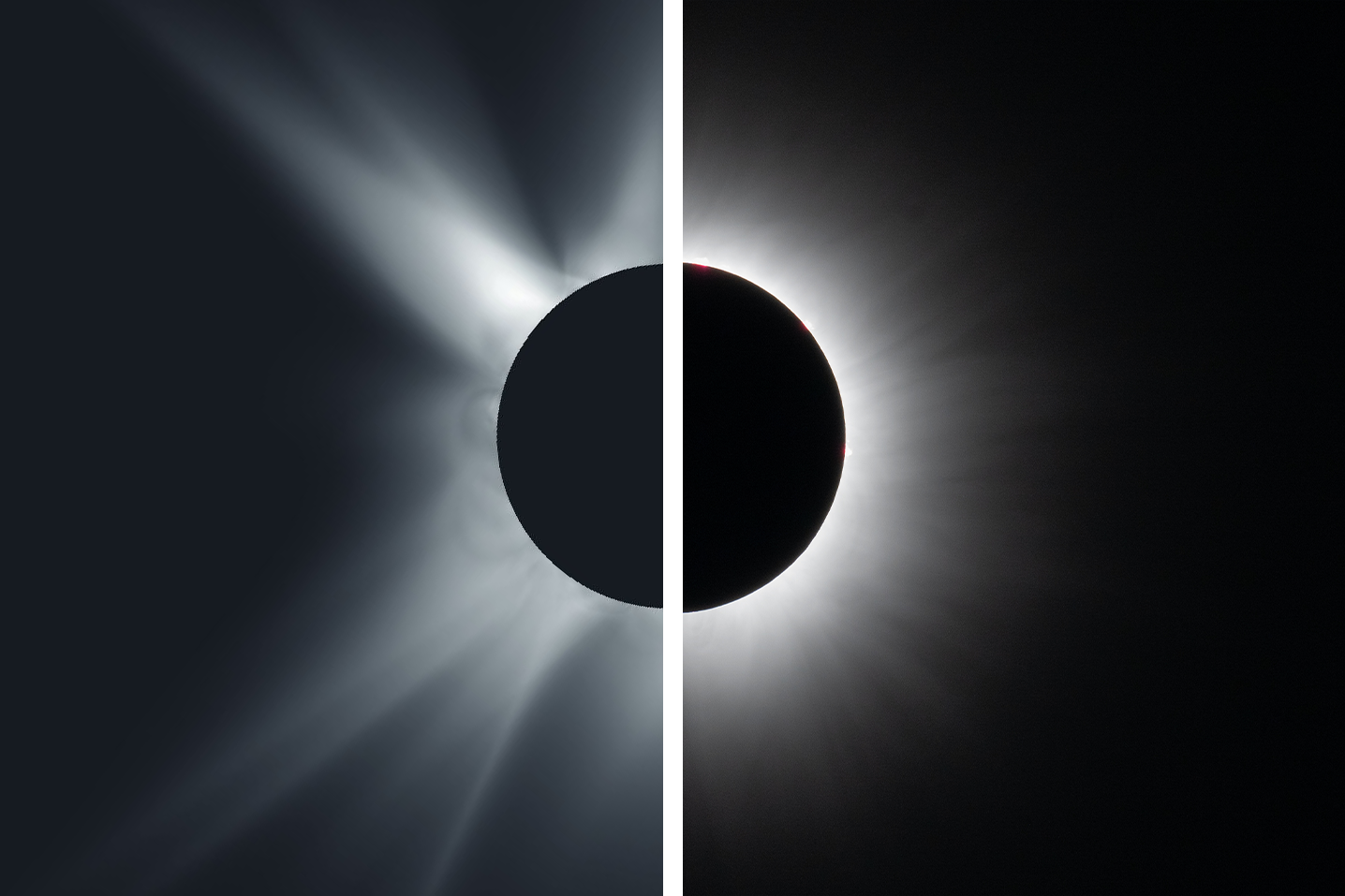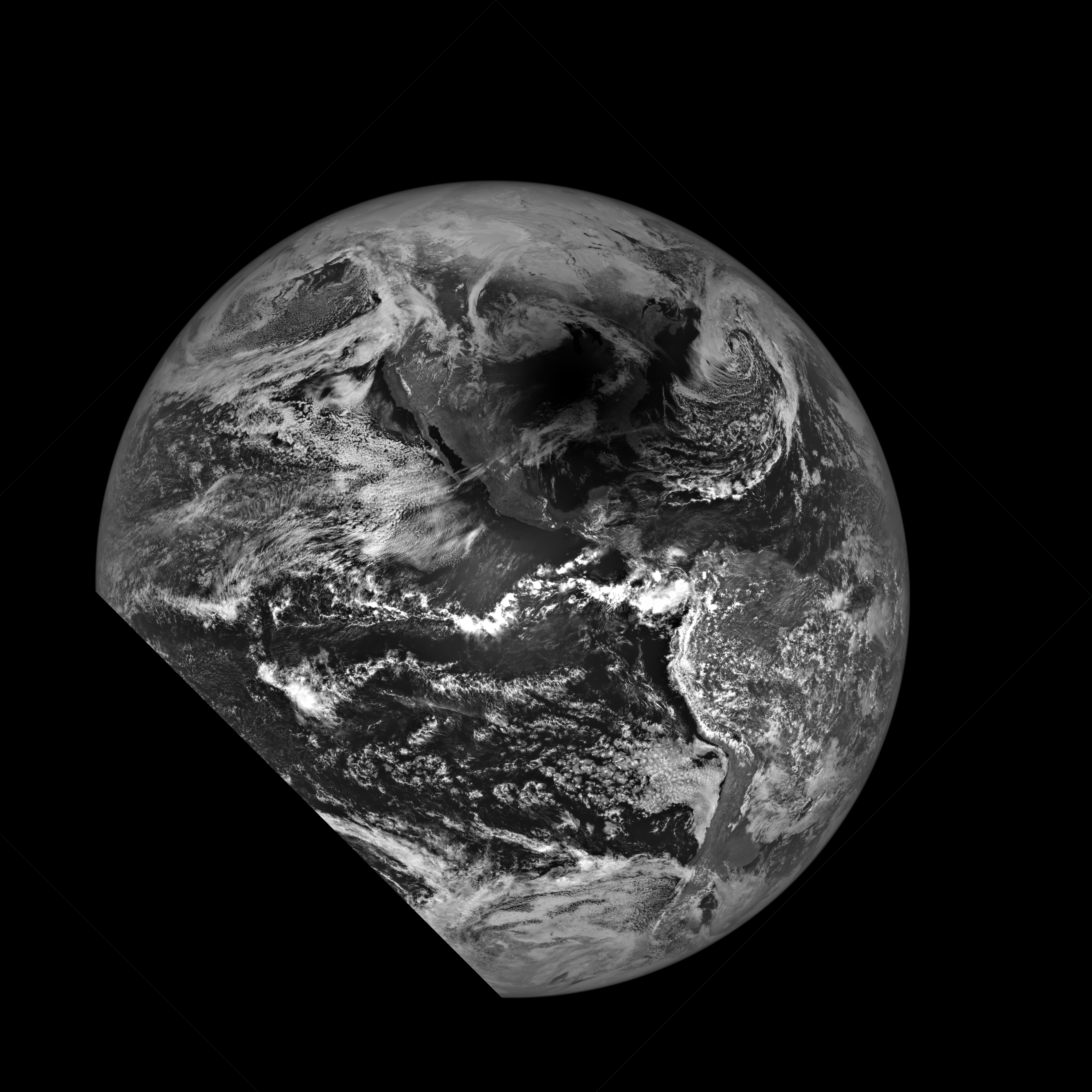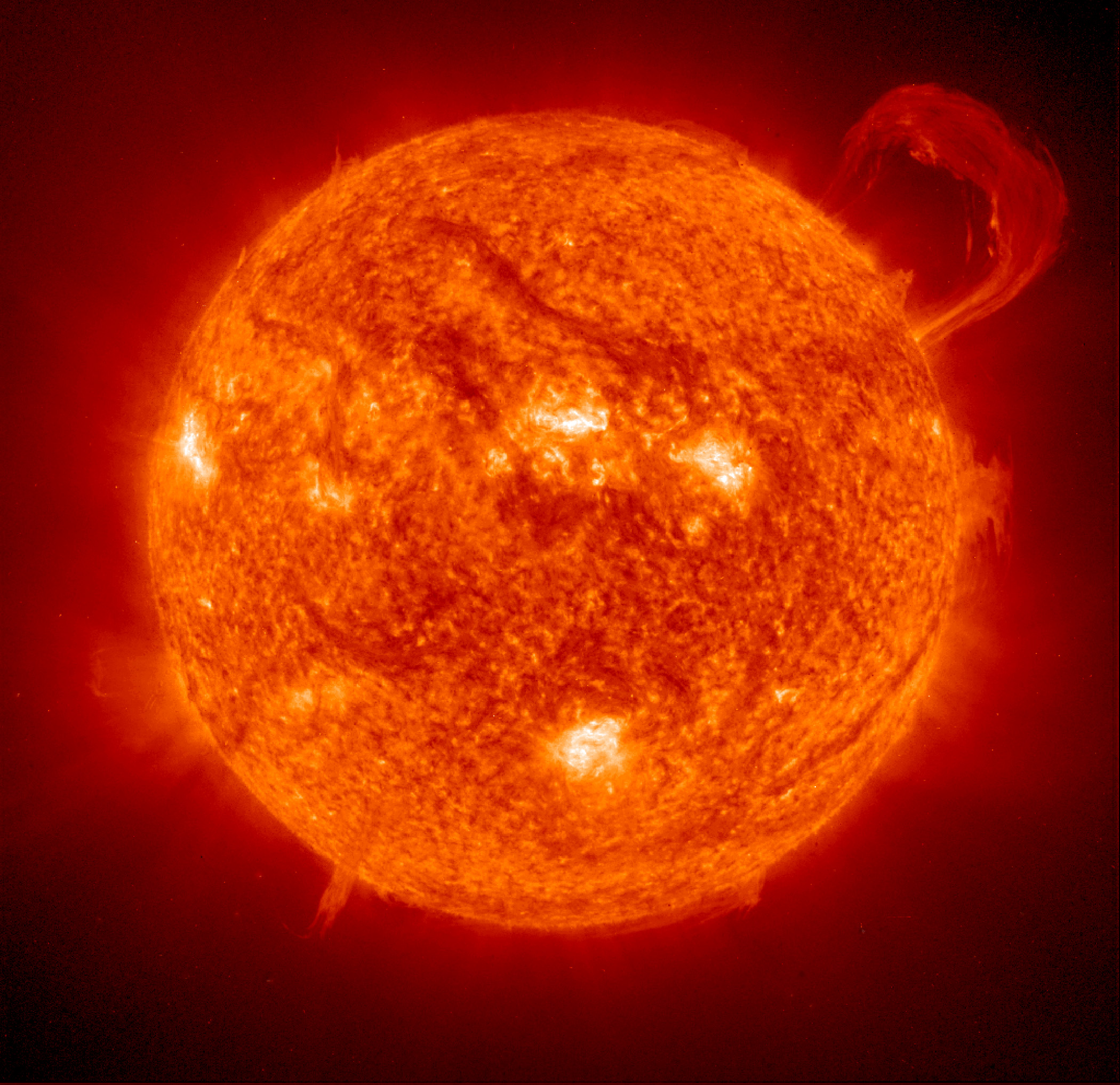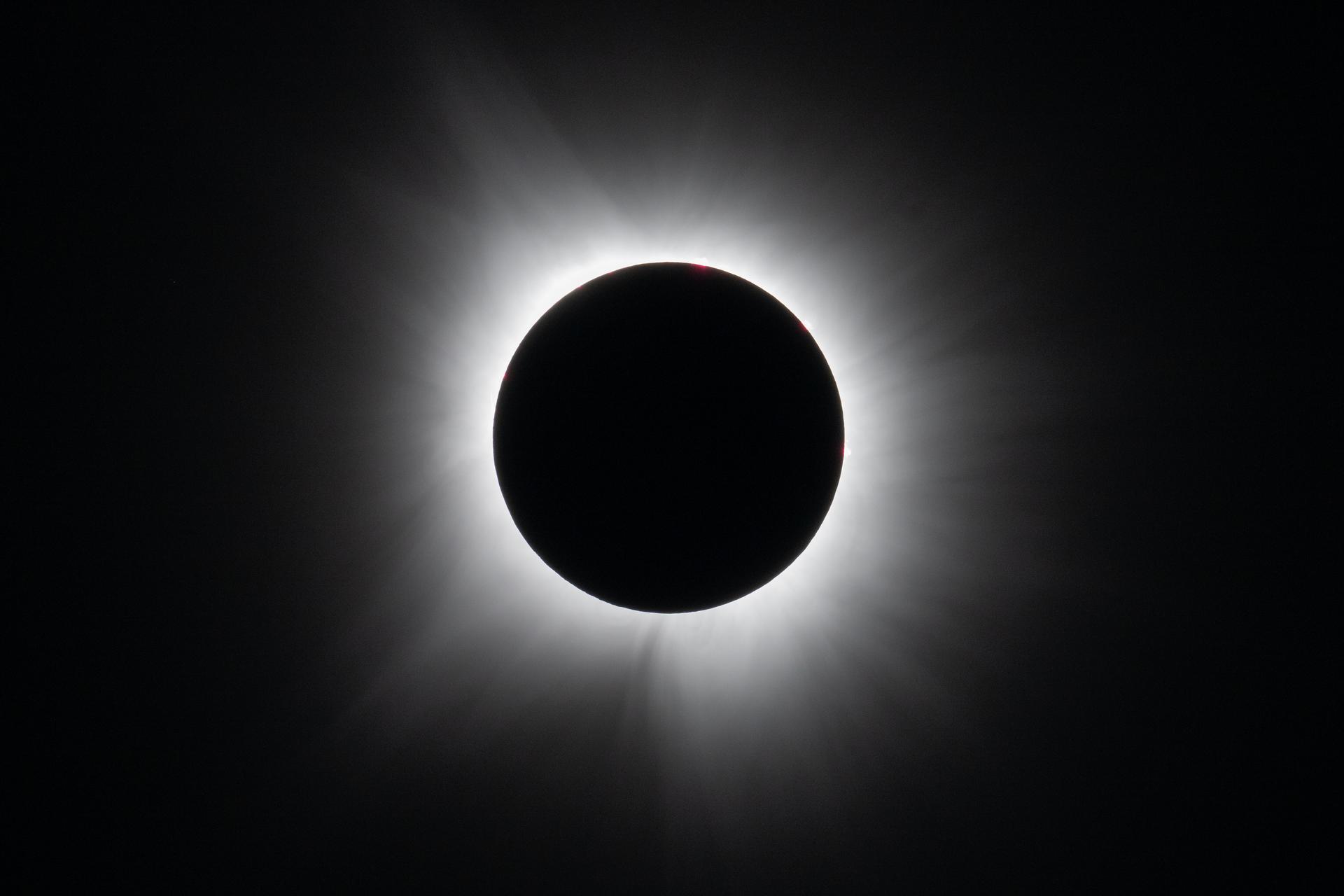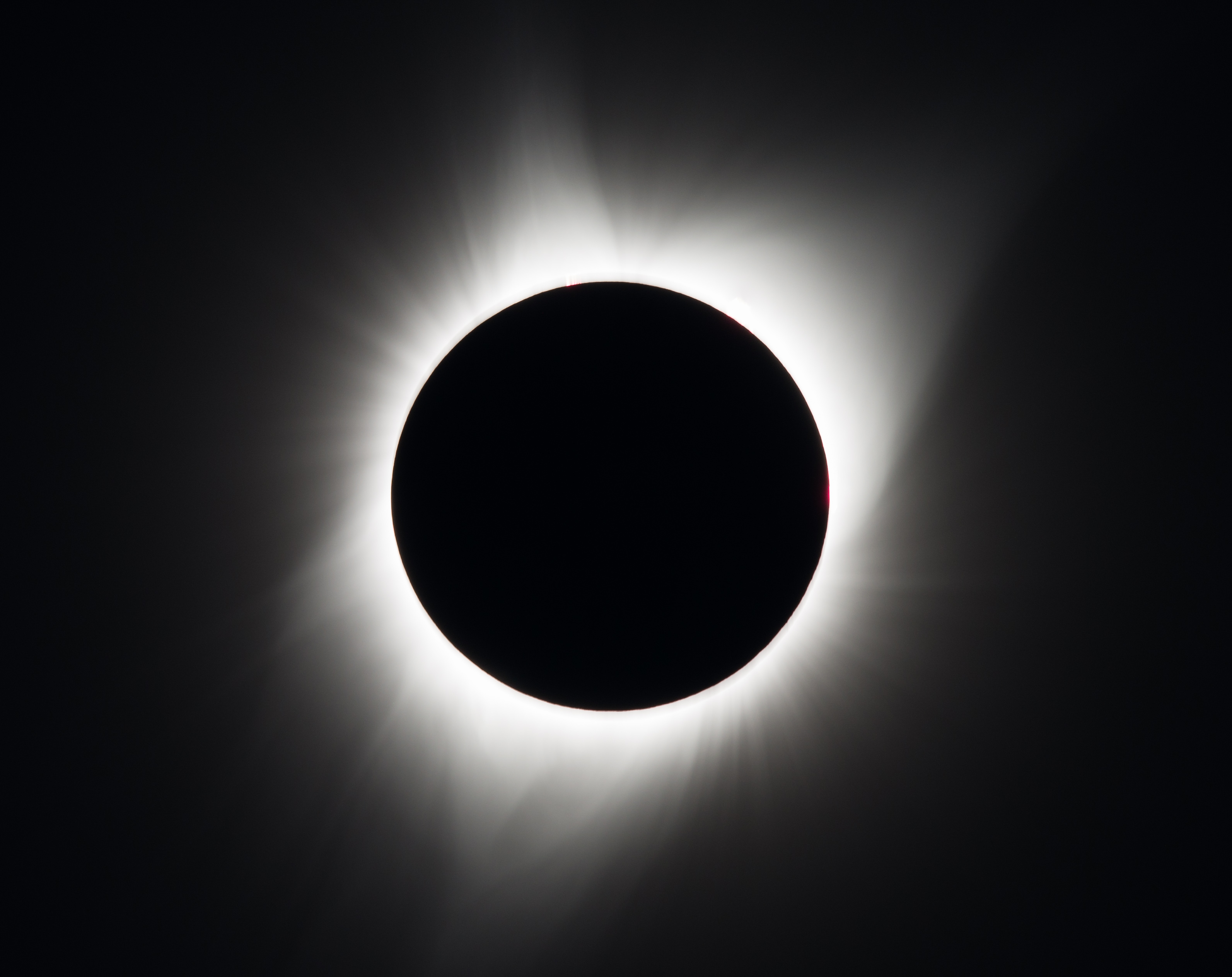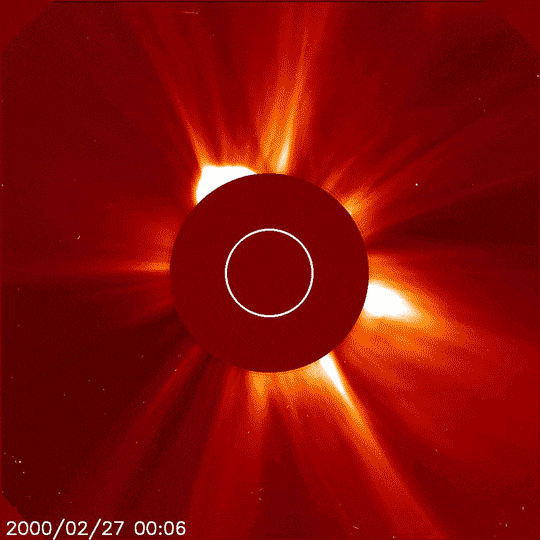2023
Solar Eclipse
An annular solar eclipse will cross North, Central, and South America. This eclipse will be visible for millions of people in the Western Hemisphere.
Join us
October
Let's get ready
On Oct. 14, Experience the Eclipse
Join NASA experts for a live broadcast of the annular solar eclipse.
Want to see more? At the link below, viewers can tune in on Oct. 14 for telescope livestreams across the path, rocket launches during the eclipse, and a broadcast in Spanish.
On Oct. 14, 2023, an annular solar eclipse will cross North, Central, and South America. Visible in parts of the United States, Mexico, and many countries in South and Central America, millions of people in the Western Hemisphere can experience this eclipse.
During an annular eclipse, it is never safe to look directly at the Sun without specialized eye protection designed for solar viewing. Review these safety guidelines to prepare for Oct. 14, 2023.
Safety
It is never safe to look directly at the Sun during an annular eclipse without wearing solar viewing or eclipse glasses.
The Sun is never completely blocked by the Moon during an annular solar eclipse. Therefore, during an annular eclipse, it is never safe to look directly at the Sun without specialized eye protection designed for solar viewing. You can also use an indirect viewing method, such as a pinhole projector.
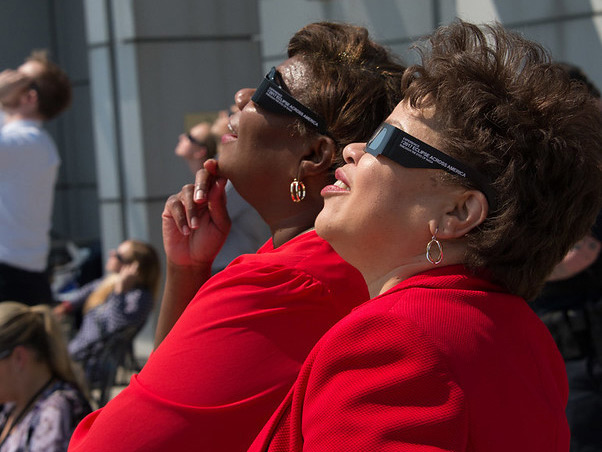
What to Expect on Oct. 14
An annular solar eclipse happens when the Moon passes between the Sun and Earth while it is at its farthest point from Earth.
Because the Moon is farther away from Earth, it appears smaller than the Sun and does not completely cover the star. This creates a “ring of fire” effect in the sky.
Read More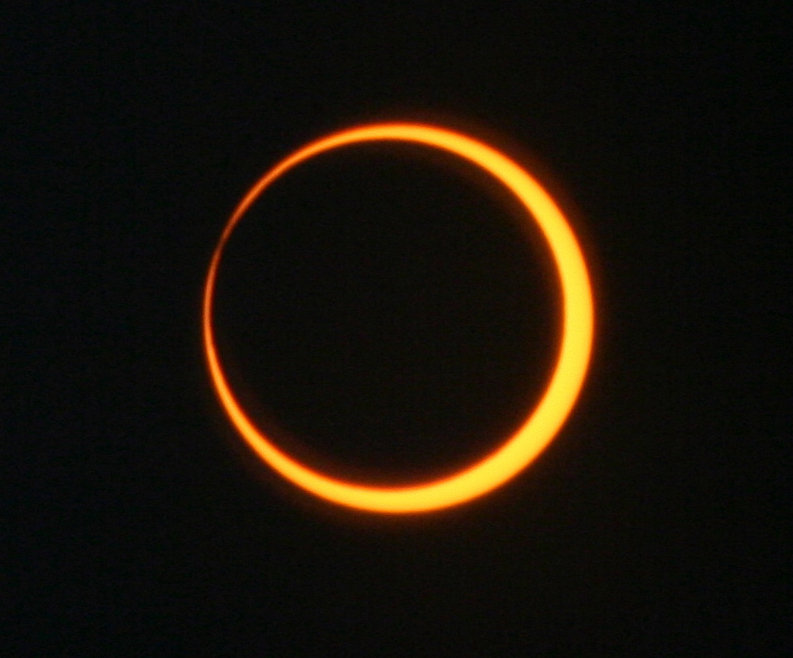
Where & When Can I View the Annular Solar Eclipse?
On Oct. 14, 2023, the annular eclipse will begin in the United States, traveling from the coast of Oregon to the Texas Gulf Coast
Weather permitting, the annular eclipse will be visible in Oregon, Nevada, Utah, New Mexico, and Texas, as well as some parts of California, Idaho, Colorado, and Arizona.
The annular eclipse will continue on to Central America, passing over Mexico, Belize, Honduras, and Panama. In South America, the eclipse will travel through Colombia before ending off the coast of Natal, Brazil, in the Atlantic Ocean.
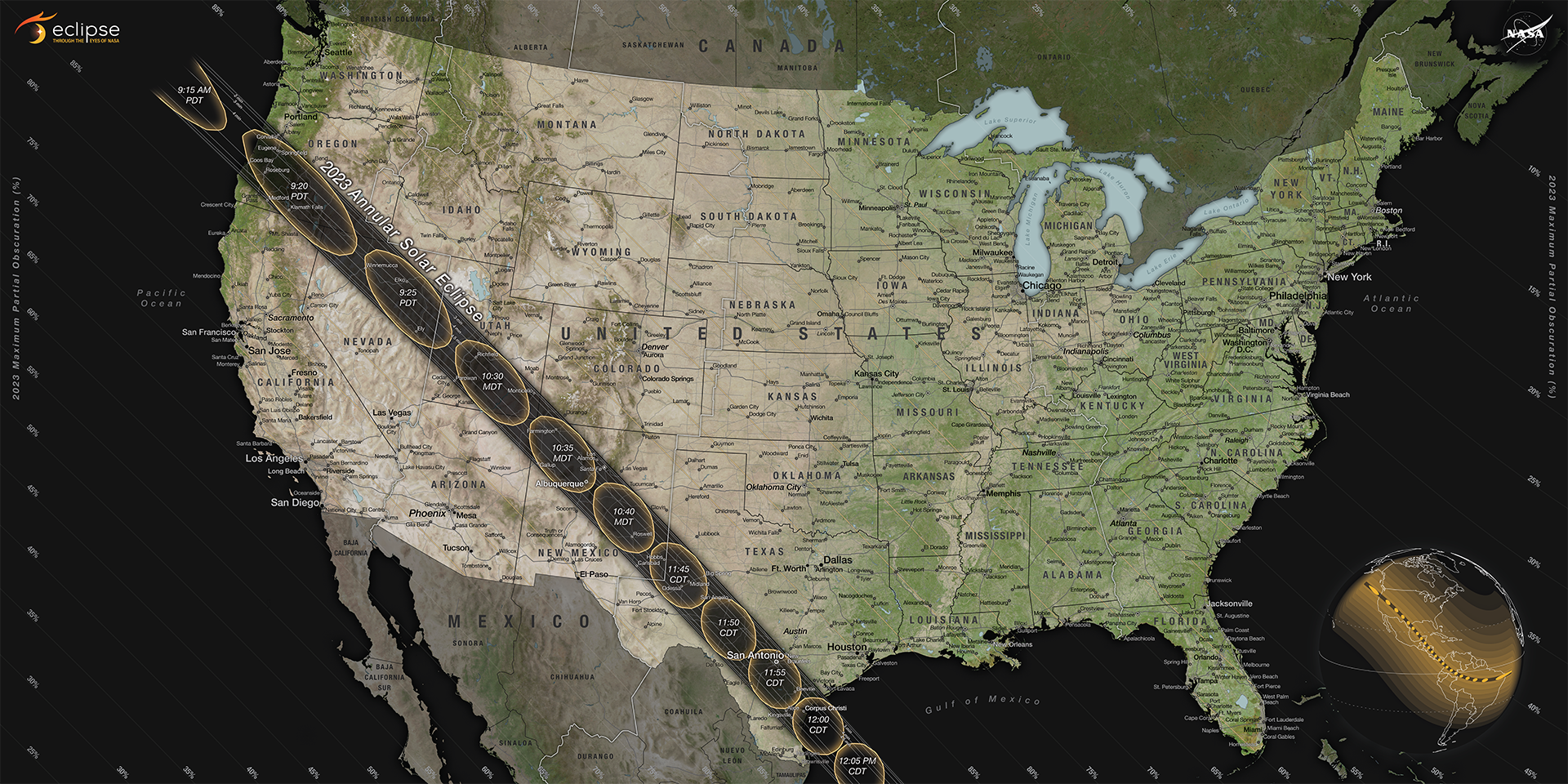
Meet the Creators of NASA’s Newest Eclipse Art
To celebrate the special role of eclipses in connecting art and science, creatives across NASA will be sharing their eclipse-inspired…
Read the Story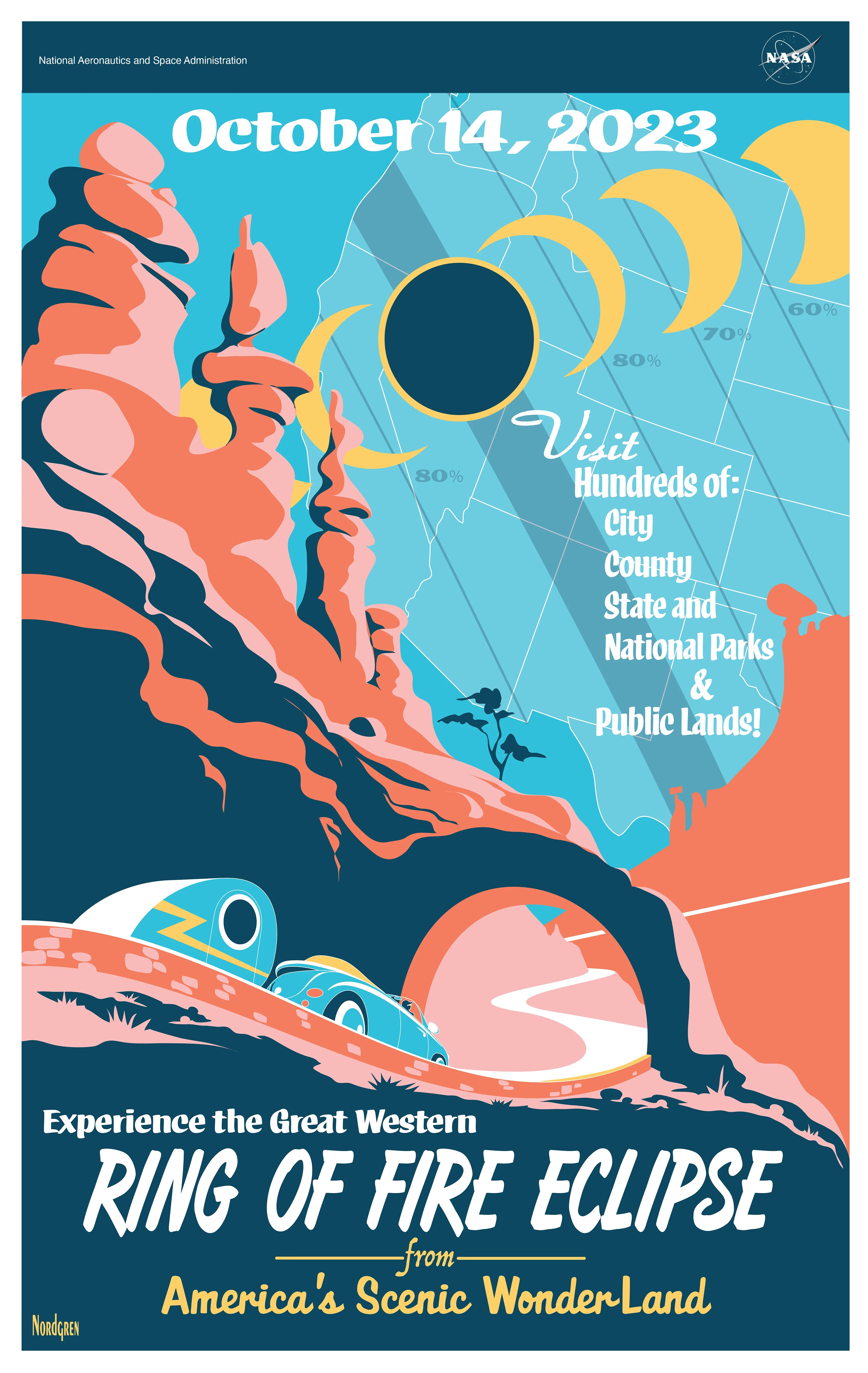
More Ways to Experience the Eclipse
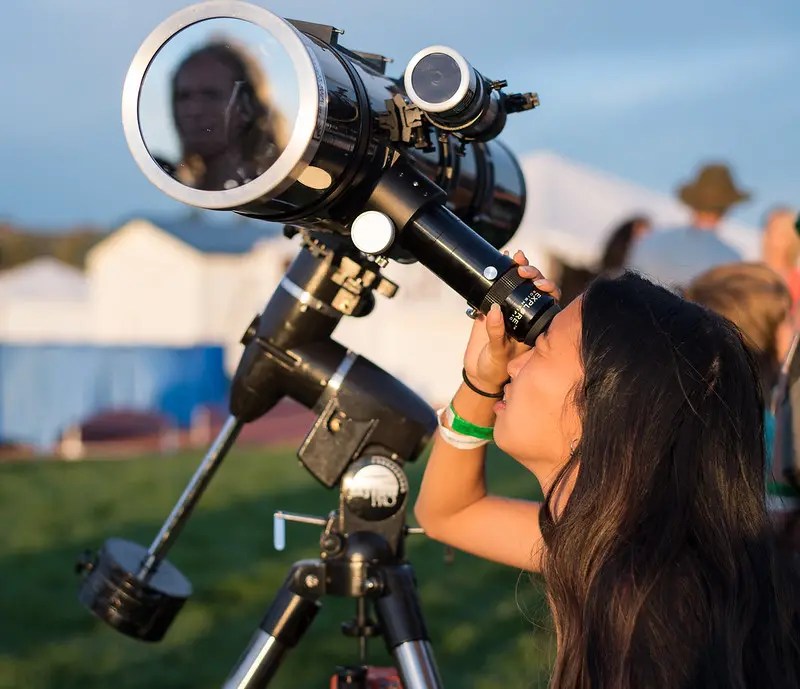
Citizen Science
Observing a solar eclipse is just one of many ways to get in on the fun of doing science – you can get involved with NASA science by participating in citizen science projects.
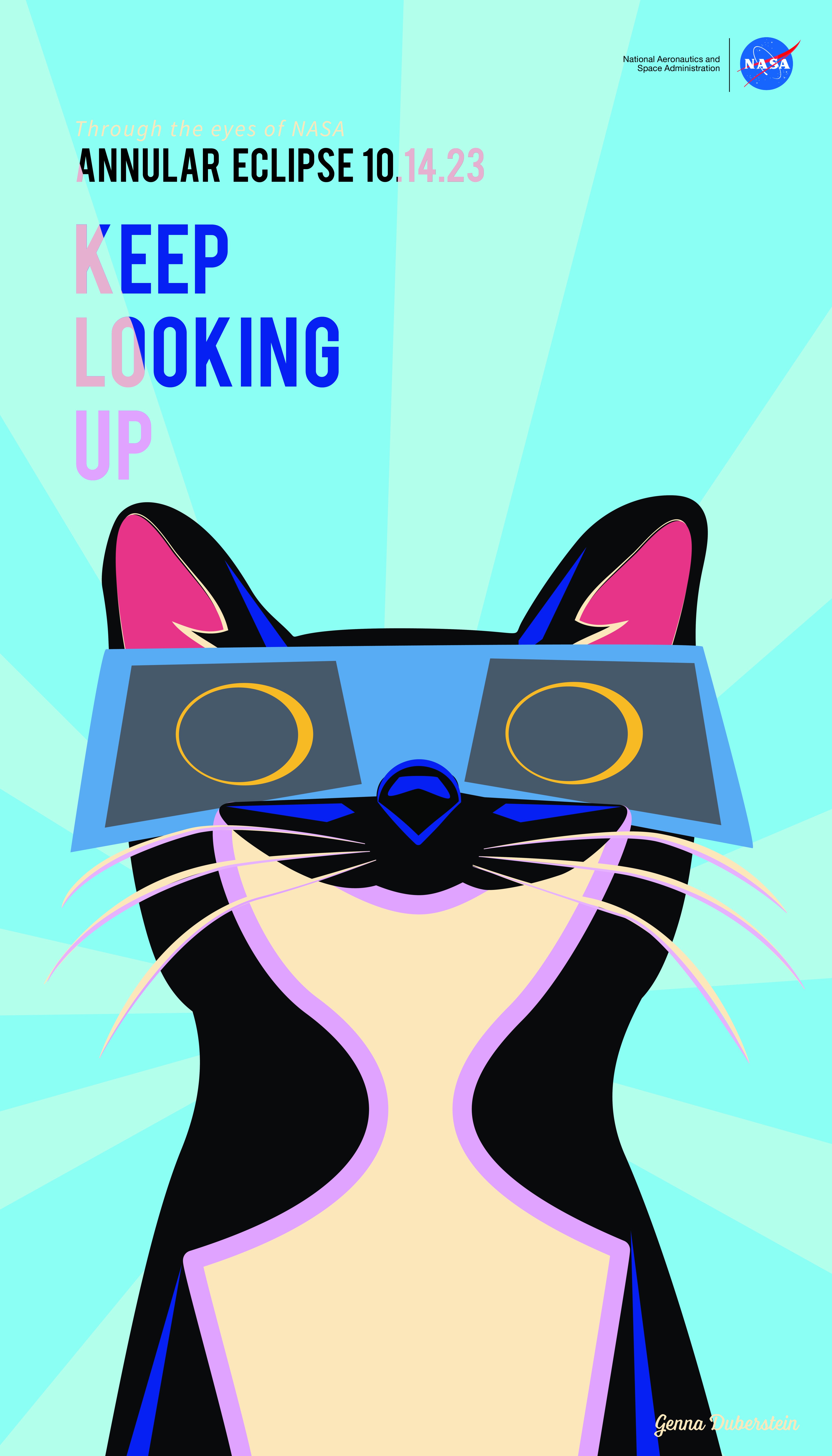
Resources
From downloadable posters to coloring sheets, and videos to interactive demos, there are tons of fun ways for the whole family to experience eclipses.
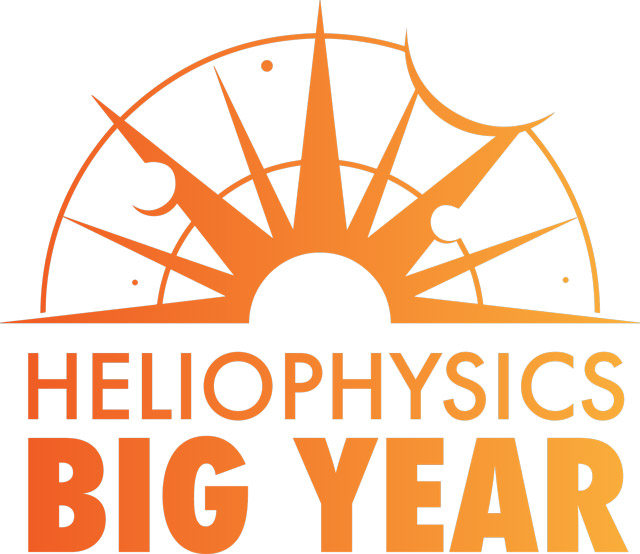
Heliophysics Big Year
The annular solar eclipse kicks off the Heliophysics Big Year – a global celebration of solar science and the Sun’s influence on Earth and the entire solar system.

